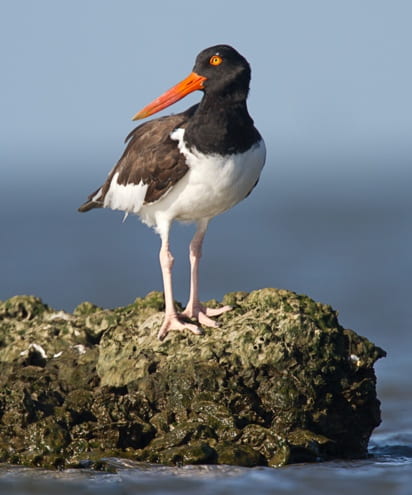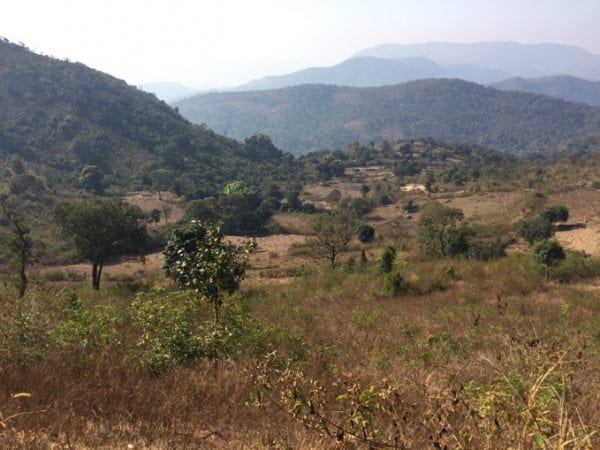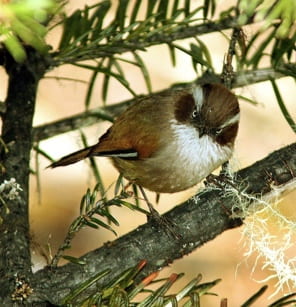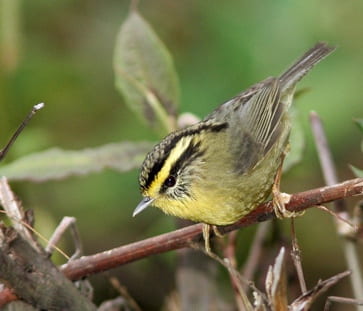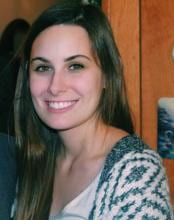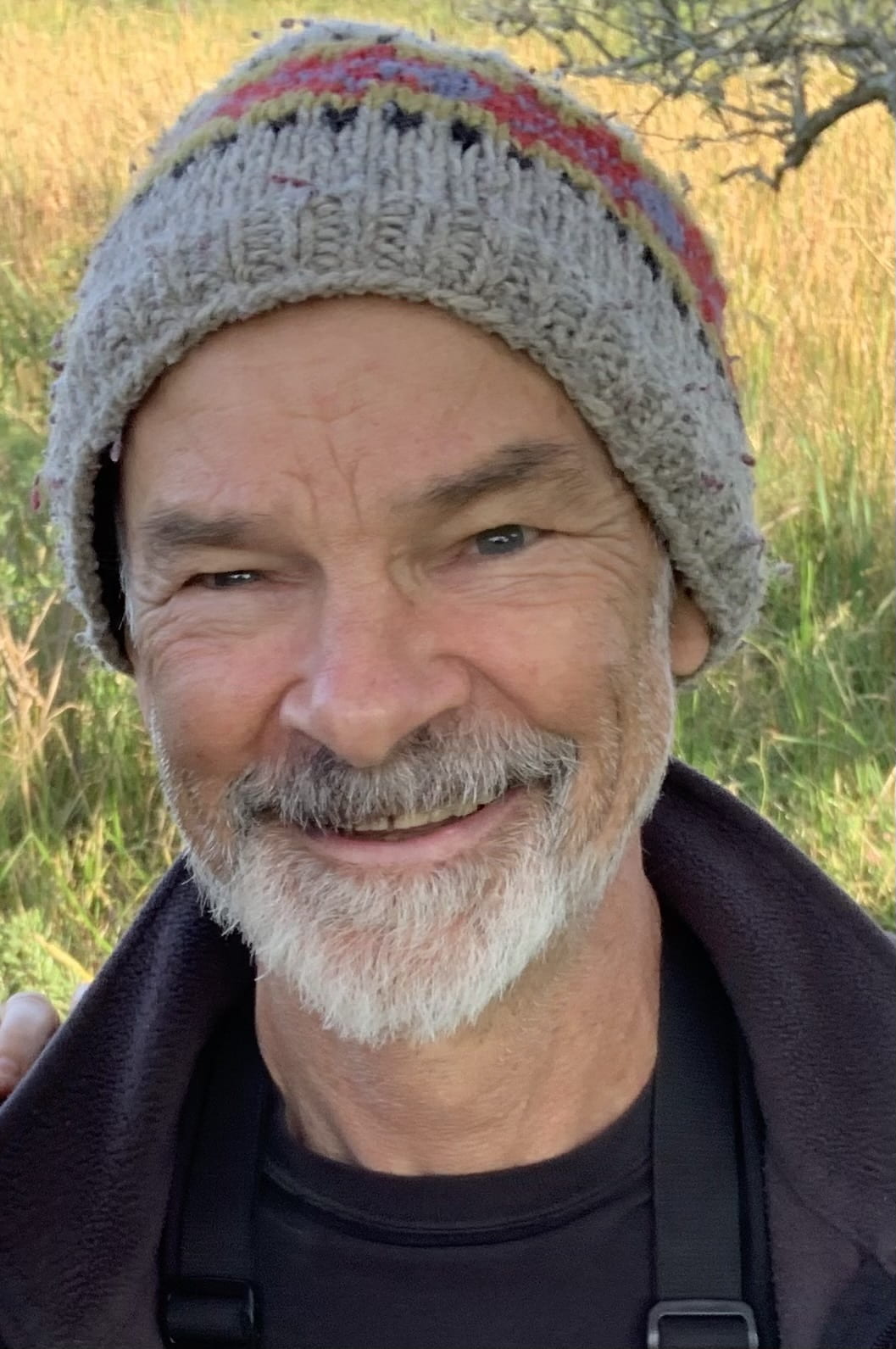Doan: How did you become interested in ornithology?
Price: When I was 7 years old, my father and I saw a striking bird when on holiday and identified it together (it was an oystercatcher). He saw my interest, and sent me on several week-long natural history courses from the age of 8-12.
Doan: What led you to devoting a large part of your career to studying biodiversity in the Himalayas?
Price: After high school, I wanted to get away and ended up hitch-hiking from my home in the UK to India, arriving in early 1972. When I got to India, I volunteered with the Bombay Natural History Society to work at their bird banding camp, which I did for 2 months, first in Tamil Nadu, and second in the Eastern Ghats of Andhra Pradesh. After college, I went back to the Eastern Ghats for a year. The birds I studied in most detail over-winter in the Ghats, but breed in the Himalayas so I went to Kashmir to look at them in the Spring. This led to many questions about their breeding biology, so many that I would need multiple lifetimes to address the ones we have asked, let alone the ones I have yet to ask.
Doan: How does the academic environment at the University of Chicago differ from other institutions where you have taught?
Price: The University of Chicago offers great freedom to its faculty to pursue their research; it is well known for this “hands-off” approach. One eminent scientist once told me he thought it was the outstanding University in the world for the way it both allowed and enabled faculty to creatively pursue their particular research interests.
I was previously at the University of California San Diego for 17 years, before coming to Chicago where I have now been for 18 years. UCSD was a great Institution, but being a state school had greater variation in the quality of both the undergraduates and Ph.D. students, which are consistently exceptional at Chicago. The place is full of brilliant researchers.
Doan: A significant part of your research relies on being in India. How have you adjusted to conducting research remotely since travel is not possible at the moment? Has any of your research been directly impact by the coronavirus?
Price: The research has been adversely affected. Although we have not monitored our sites every year, the monitoring we have been doing provides some of the only long-term data on how biodiversity is responding to multiple environmental changes – such as climate change. We had plans to study in greater depth the underlying effects of climate on breeding bird species. We also planned to hold collaborative meetings at the Center in Delhi. My graduate student, Kristina Fialko, whose research is obviously on a constrained timeline, has been particularly affected, but we have been able to use data already collected to derive some preliminary results. It is very important we get to the field if at all possible next spring. India is preferred but we have been looking at options in other Himalayan countries. Let’s hope the vaccine is up and running.
Personally, the time away from the field has enabled me to work up several collaborative papers with students and faculty in India, based on earlier data we collected, as well as more widely available datasets. We regularly meet over zoom to do this.
Doan: You were recently awarded a National Science Foundation grant for your work on explaining color pattern diversity through the dynamic analysis of display. How do you plan on using the grant?
Price: The grant itself will be activated next April and runs for three years, so I am hopeful we can do what we say in the grant, which is to work in the forests of India, recording bird behavior with the amazing new technologies available (notably slow-motion video). This is Kristina Fialko’s thesis project, and it is already demonstrating many hitherto unsuspected features of bird displays.
Doan: What other projects are you currently working on?
Price: I am writing a review of what we know about where species occur across the Himalayas, why there are more species in the east than the west, and for birds in the east especially, why there are more in the middle of the mountain than lower down or higher up.
Common at mid-elevations in the east Himalaya: the white browed fulvetta and yellow throated fulvetta. This picture accompanied a recent article (M. Schumm, A. White, K. Supriya and T. Price.. 2020. Ecological limits as the driver of bird species richness patterns along the east Himalayan elevational gradient. American Naturalist 195: 802-817
A second graduate student who has just joined the lab, Laura Céspedes-Arias, plans to work in Himachal Pradesh studying bird hybrid zones. Hybrid zones are locations were different species meet, and cross mate to some extent, so they are a model for ‘speciation in progress’. Together with our collaborators at the Wildlife Institute of India, we analyzing the songs and genomic data of birds that we have collected over the years, to try and work out which genes are being passed from one species to the other, and why.
Doan: What kind of events would you like to see COSAS have that are related to ornithology?
Price: One in 10 or all the world’s birds can be found in India, but ornithology seems to be a bit of a niche market: either you are a fanatic or have only mild interest. Very relevant to ornithology, I would love to see COSAS get more engaged in biodiversity conservation in India, something that in the long term may be as important for the quality of human life, as slowing climate change. Perhaps the best way to do this within the rubric of what COSAS does is to increase seminars by workers in the field and/or a day-long seminar, if interest was sufficient.
Doan: What did you enjoy most during your time as COSAS Chair?
Price: Definitely some of the seminars. While some on the arts were of less interest to me, learning more about the cultural history of India was really informative, and there were other seminars that were more directly related to my work where I gained new insights. I guess this would have been true even if I was not chair, so I would say that, specifically as chair, it was working with Irving and Rashmi who both became friends.

